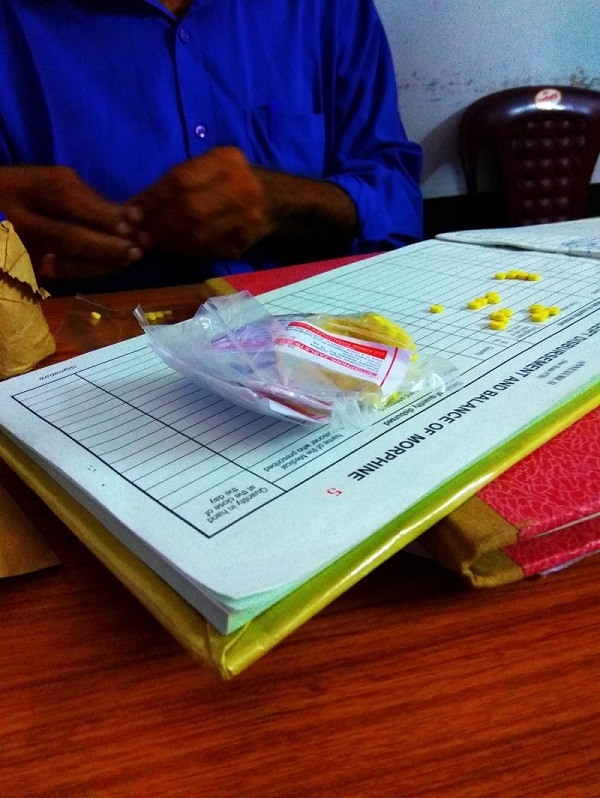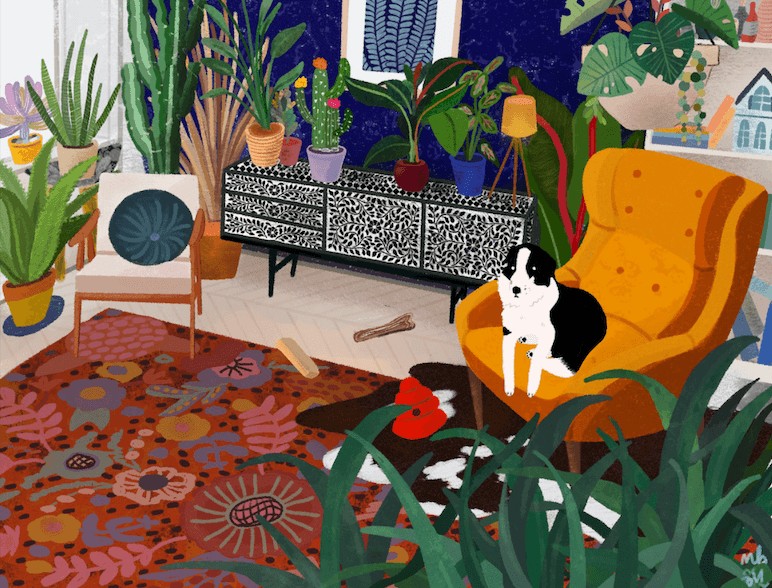
“Blooming Biomes Mean Blooming Profits”: ‘Nature-based’ Industrial Farming and the Politics of the Industrial Animal Microbiome
Industrial trade shows are curious places. Potential customers milling around more than 500,000 square feet of exhibit space; technoscientific exuberance and hype; snappy names and enticing displays; hungry and nondiscriminatory grabs for whatever is free; networking spaces facilitated by their offerings of food and drink; and extravagant product demonstrations all collide in the fervor of selling, or at least showing off, the most innovative piece of technology. Here are other details that make industrial trade shows political places of assemblage: the racialized, gendered nature of maintenance and service work that help make an event as large as this run; the uneven representations of corporate power through the different sizes of trade floor allotment and who runs them; the ways in which some companies use gendered labor and performance (high heels, tight and low-cut shirts, and bright red lipstick) to attract onlookers to their booth; and the juxtaposition between these efforts against a company’s tagline behind them that says, as one example, “Leading the world to the future.” This blog post draws on participant observation at industrial agribusiness trade shows, specifically the International Production and Processing Expo (IPPE). The IPPE is the largest trade show displaying domains (technology, service, innovation, supplies) related to the entire gamut of processing, feed manufacture, and the production of eggs, meat, poultry. Given the enormity of all there is to study, my efforts are mainly focused on the marketing materials around and promises of future feed that industry trade shows enroll. As such, this blog post focuses on a few developments in the arenas of ‘nature-based’ methods of industrial farming that target the industrial animal microbiome. (read more...)







